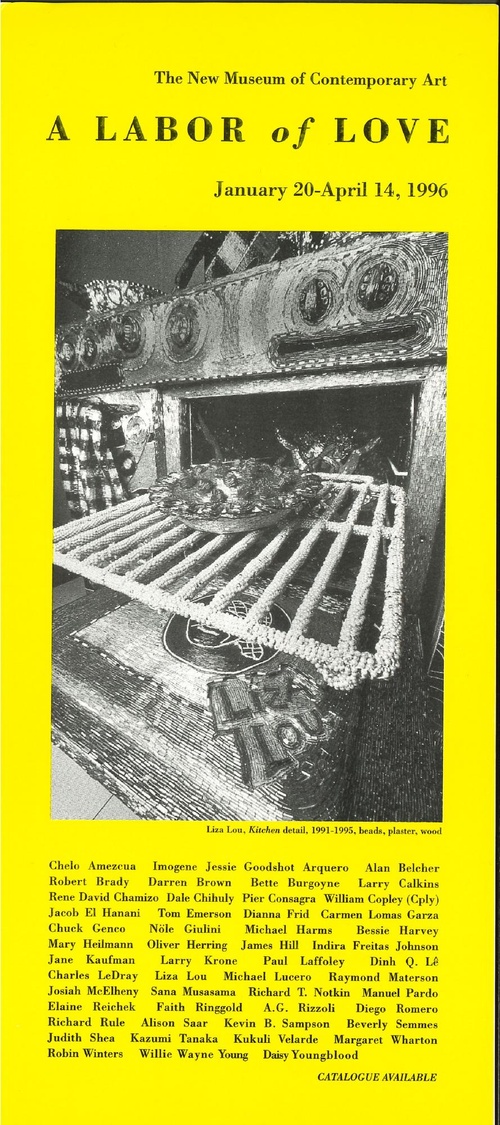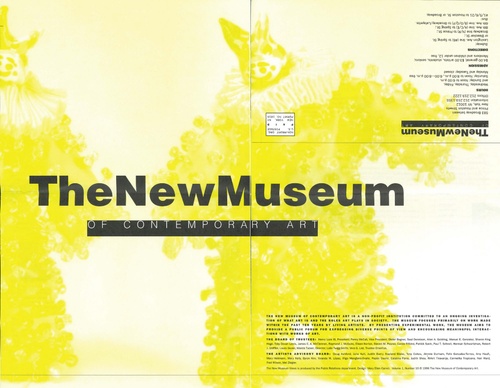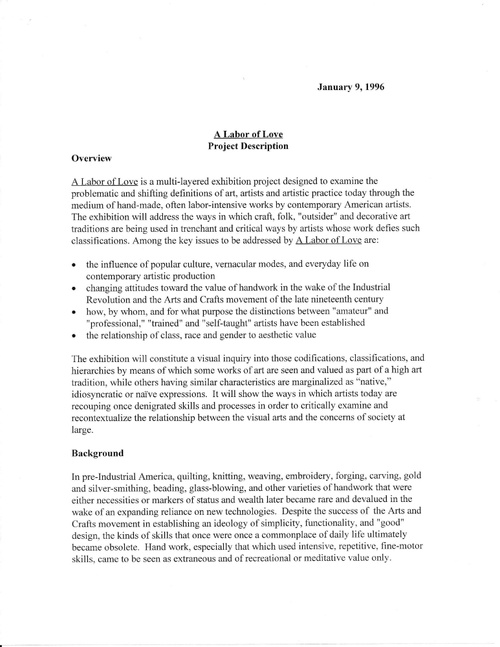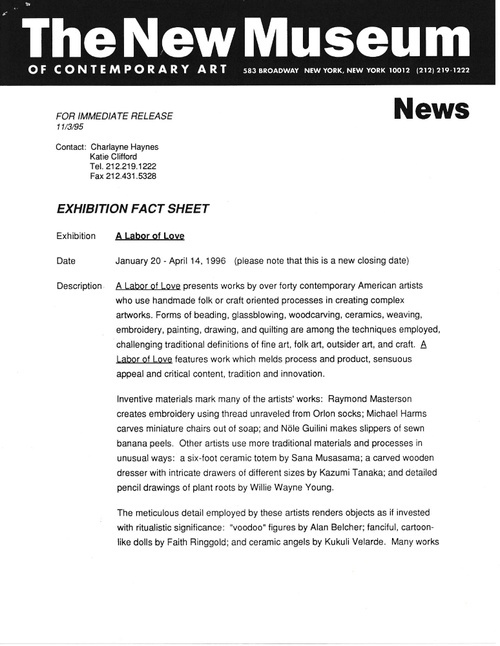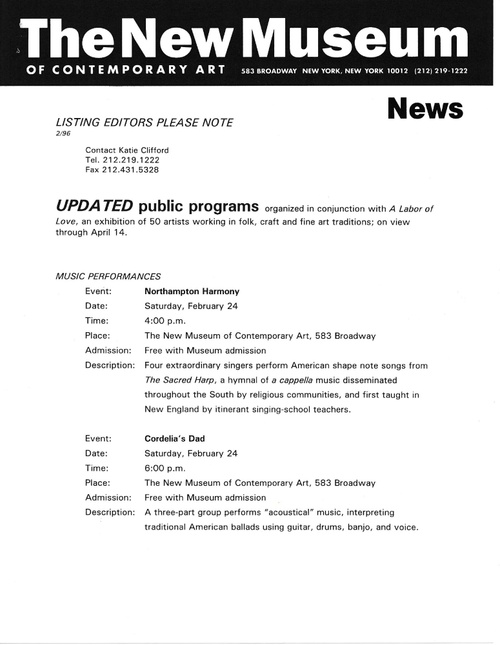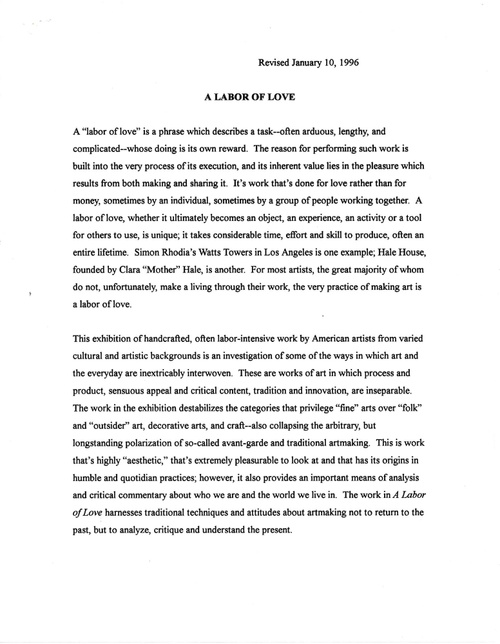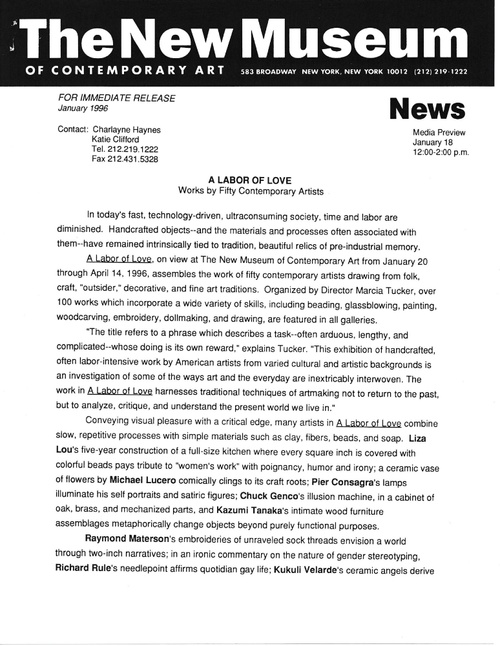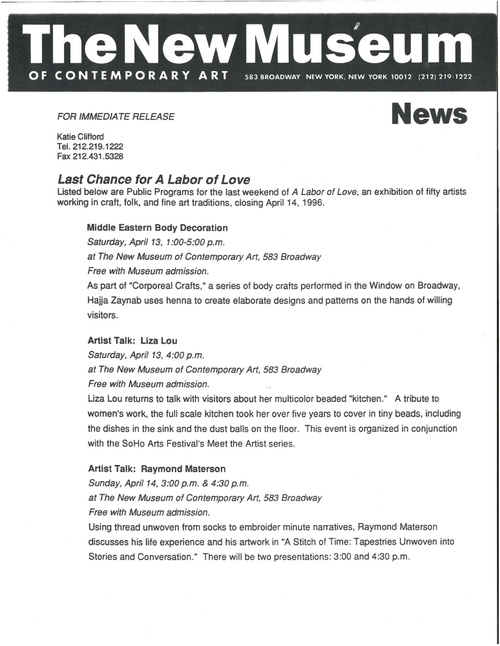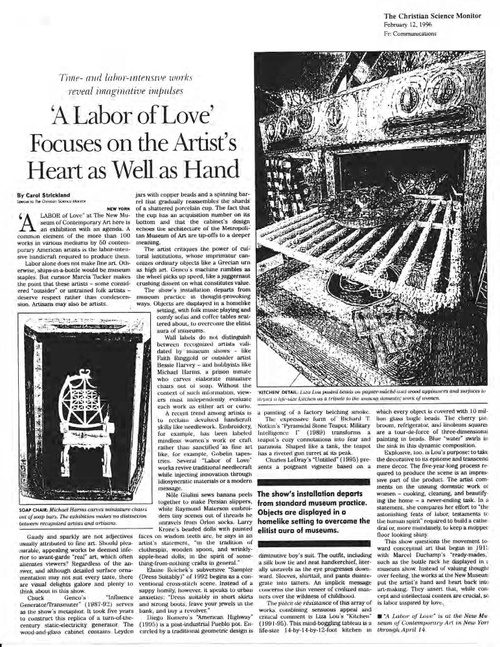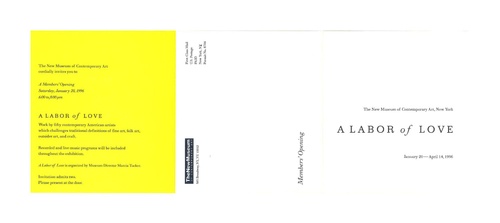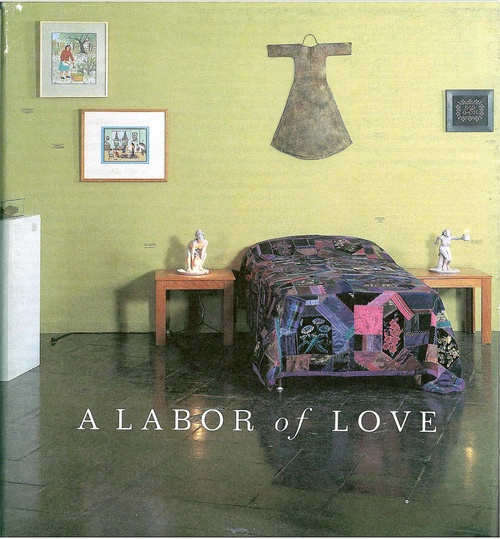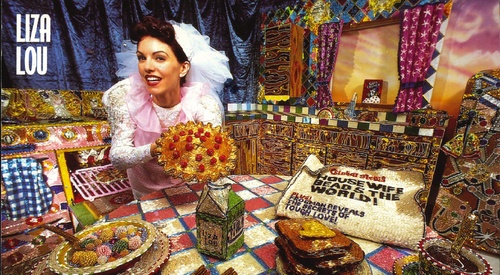A Labor of Love
A Labor of Love
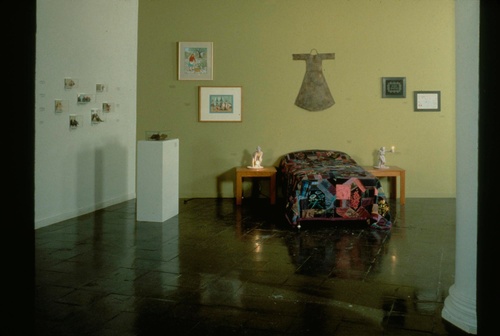
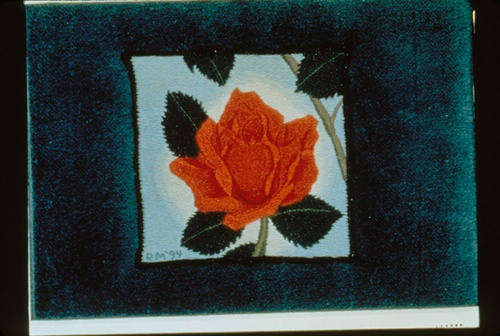
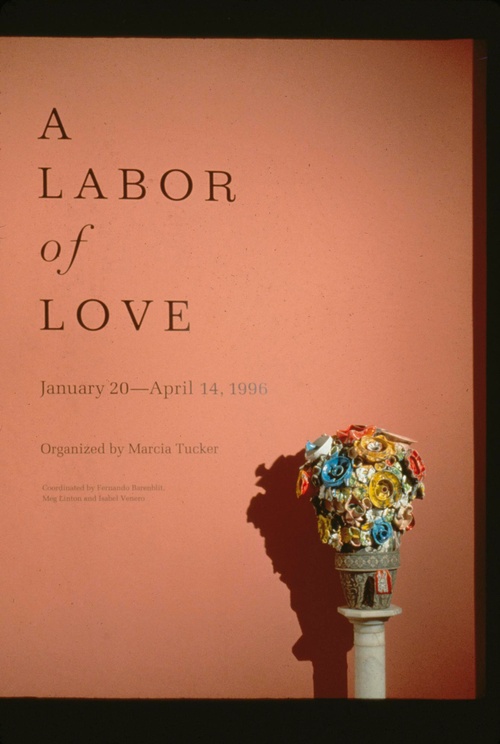
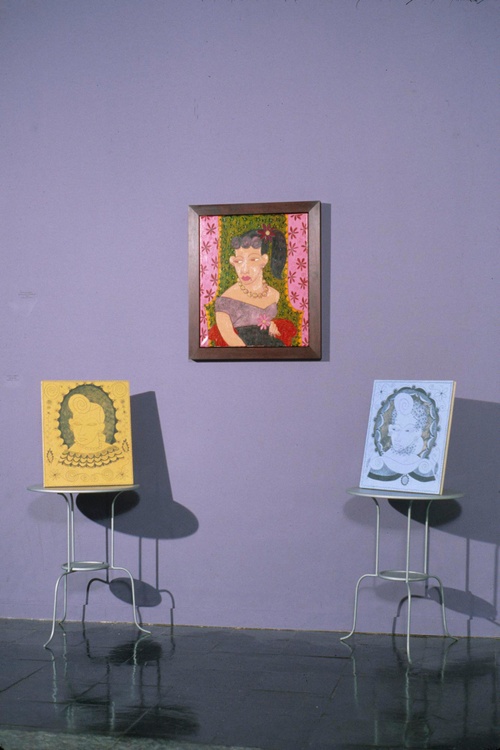
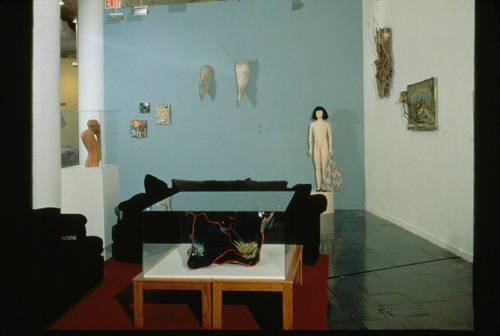
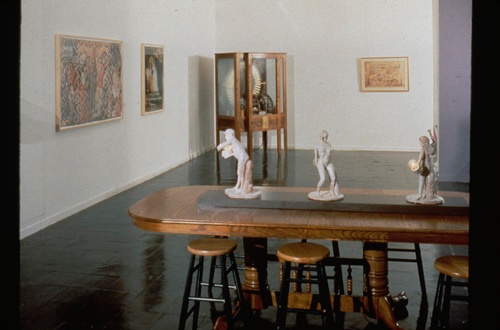
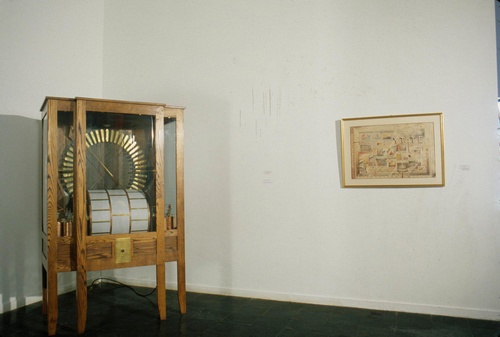

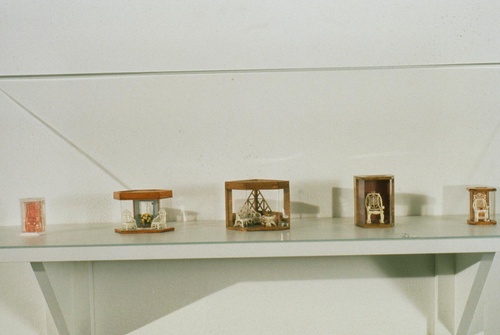
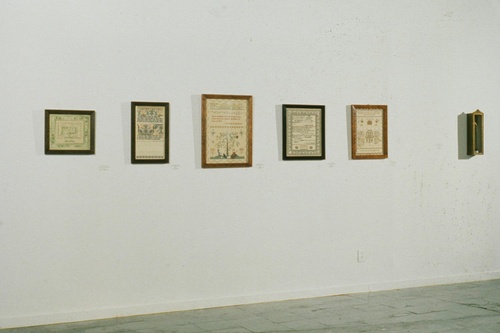


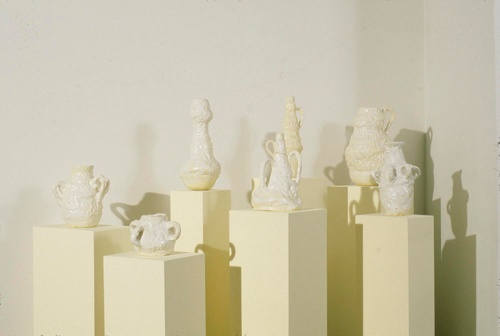
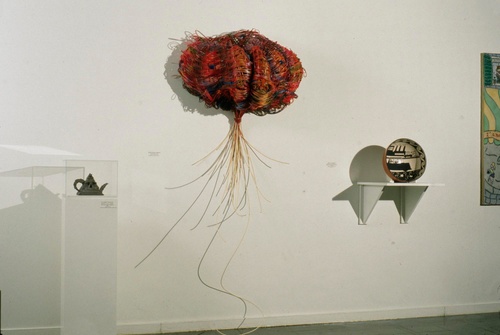
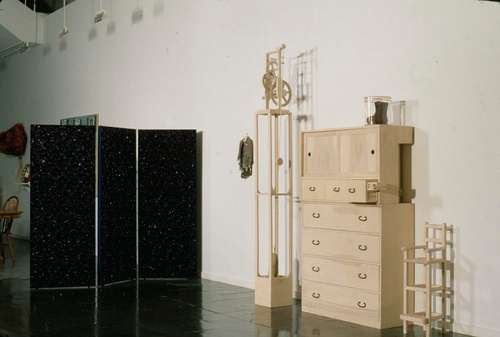
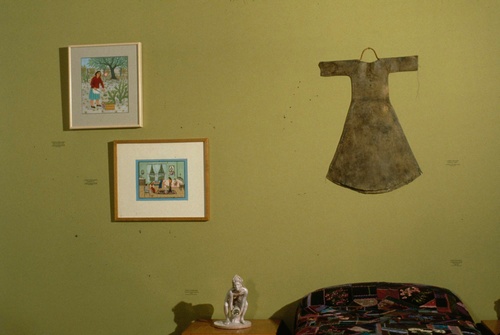
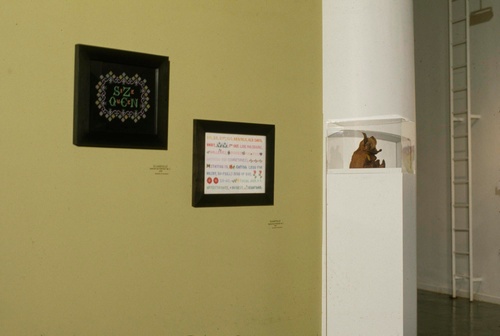

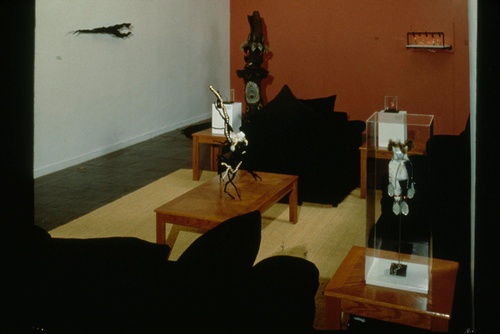

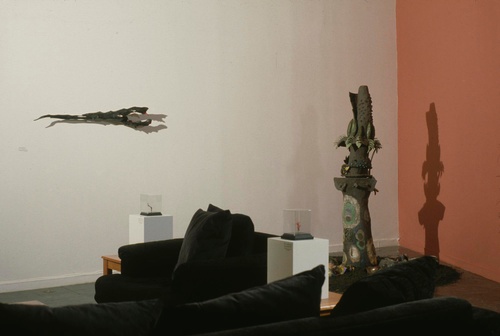

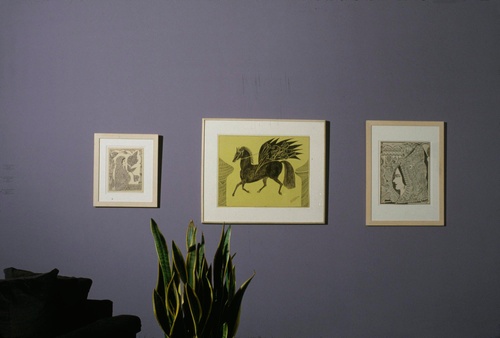
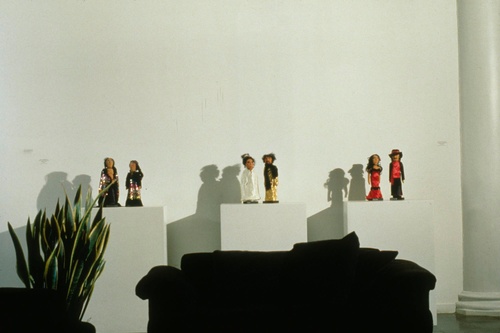
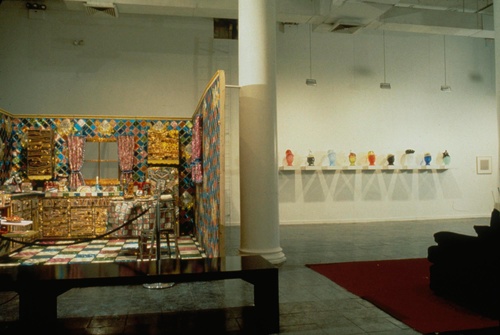
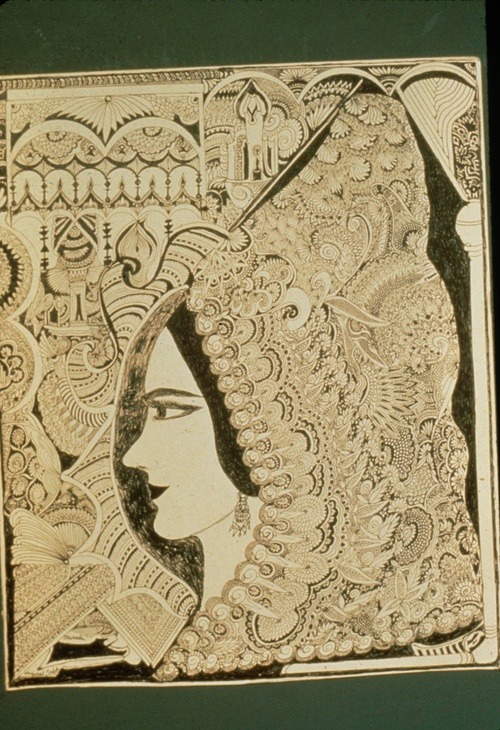
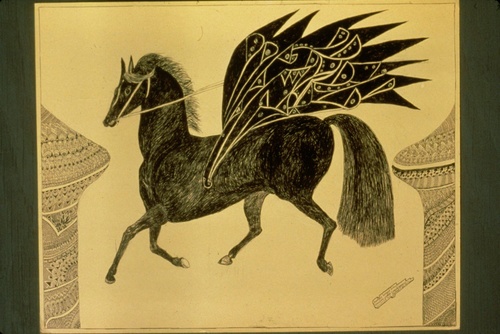
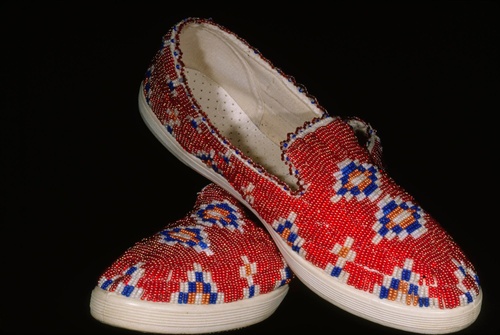
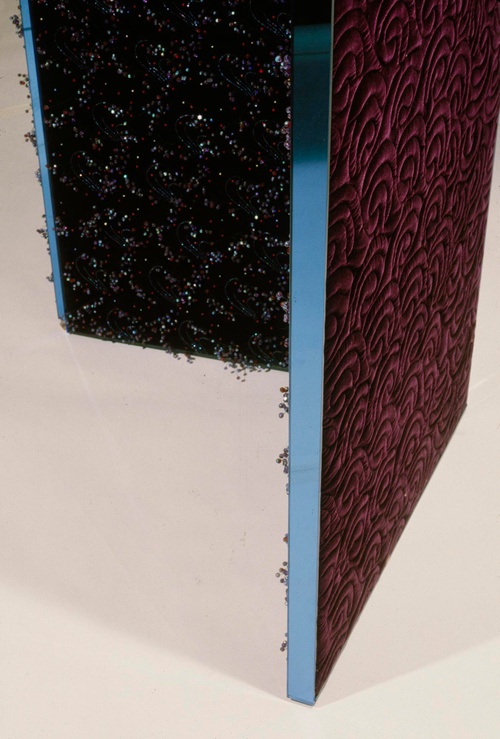

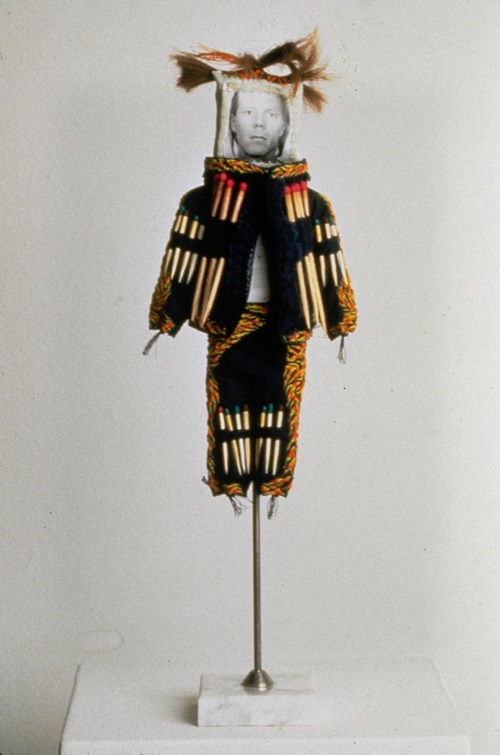
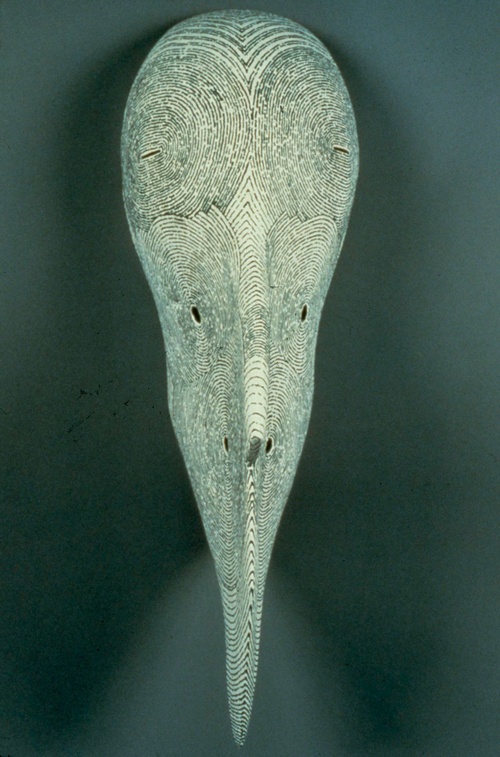
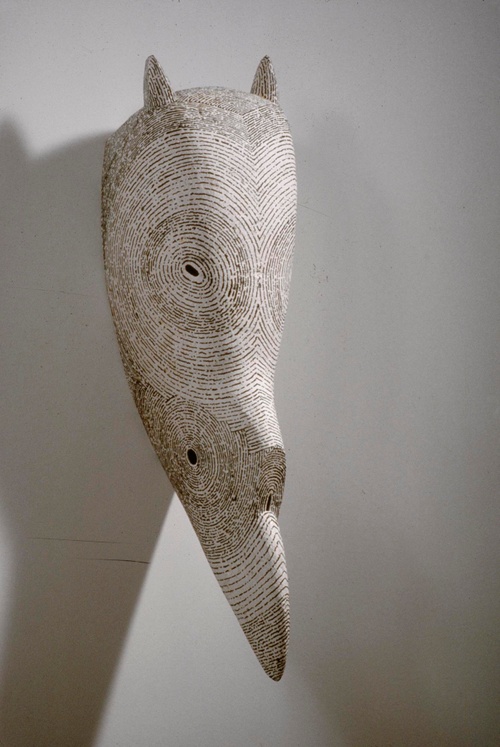
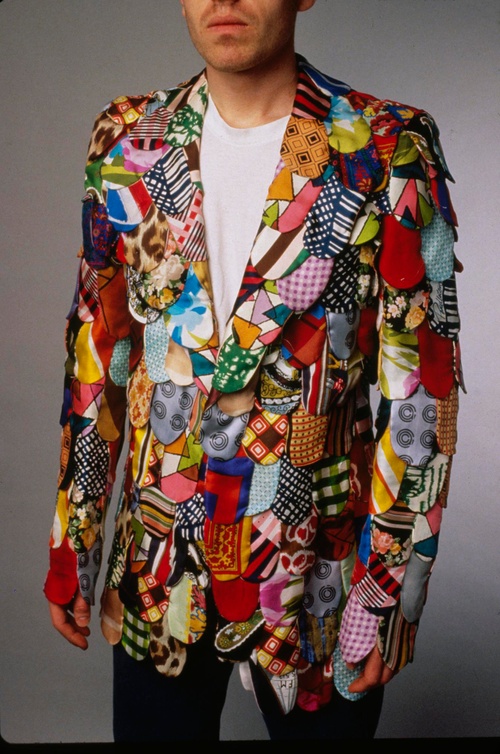

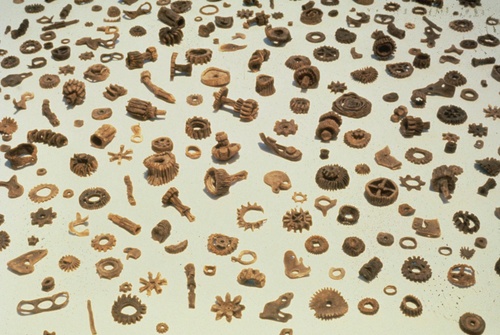
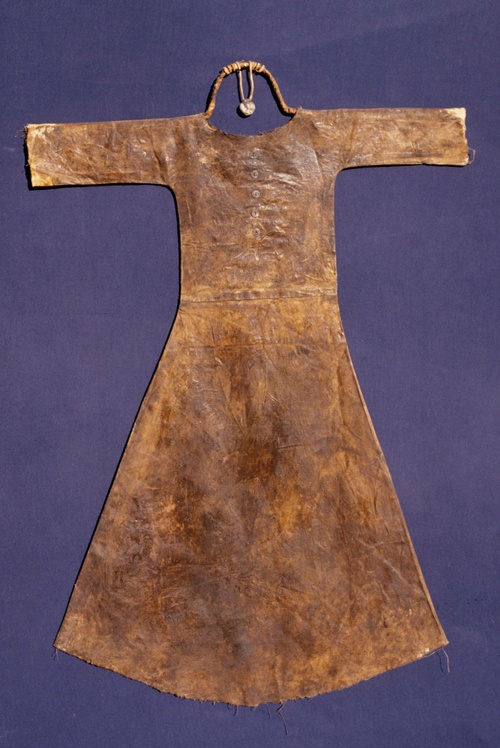
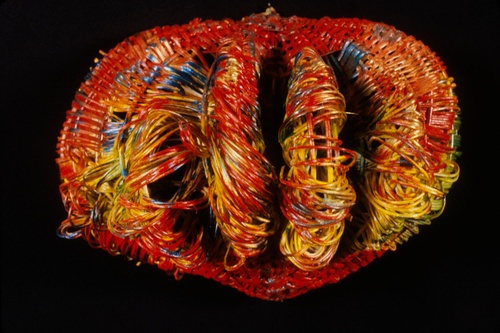
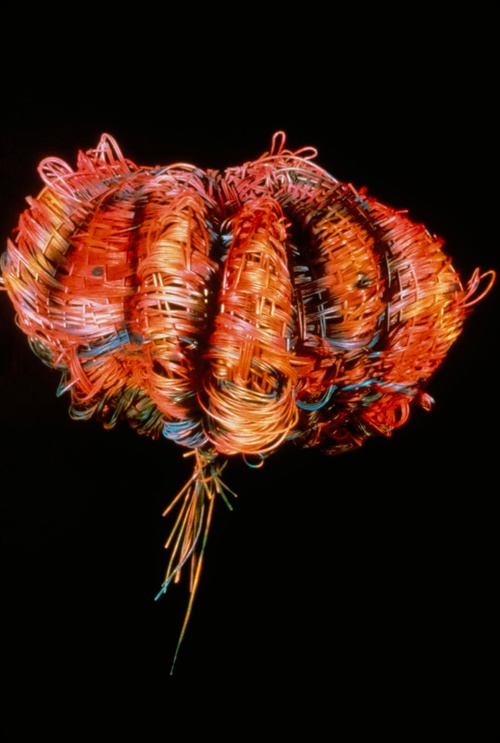
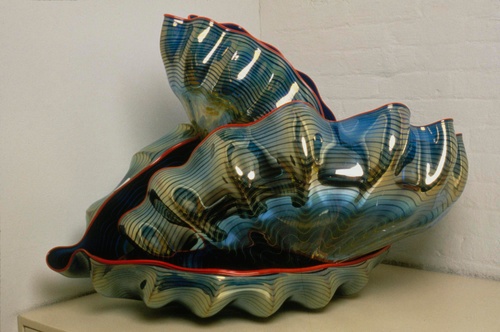
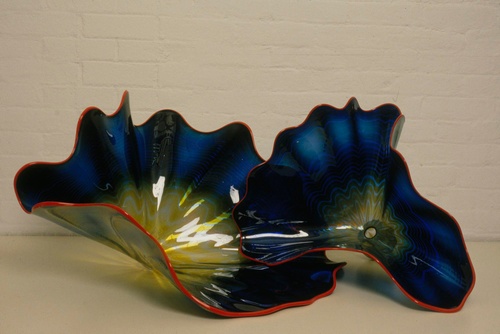
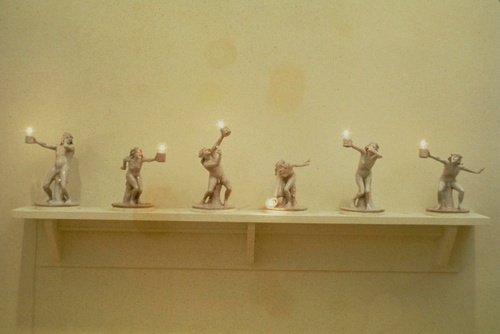


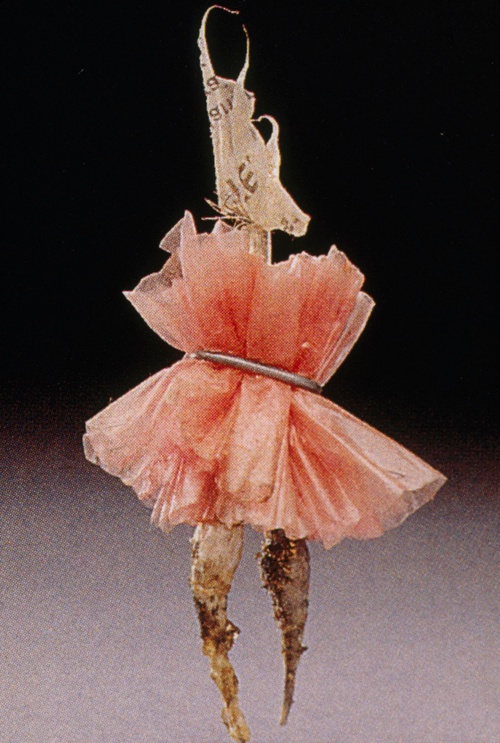
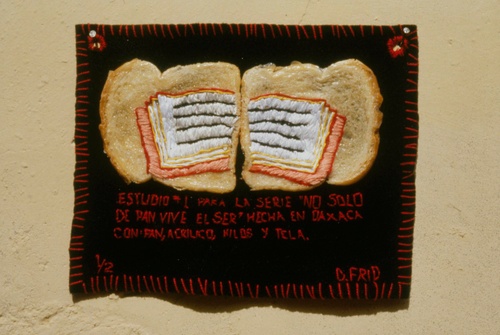
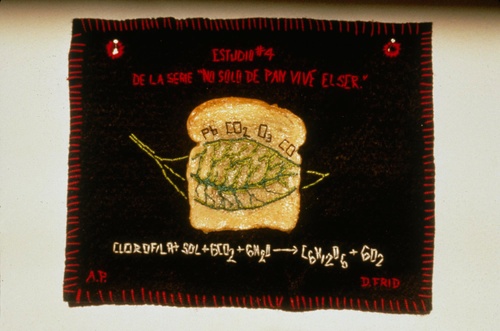
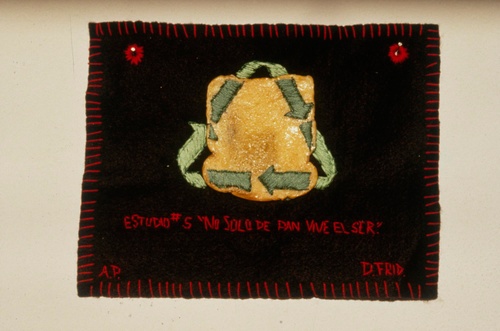
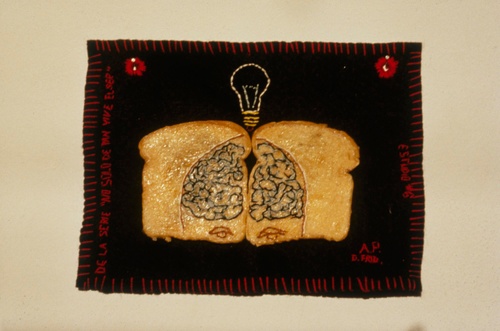
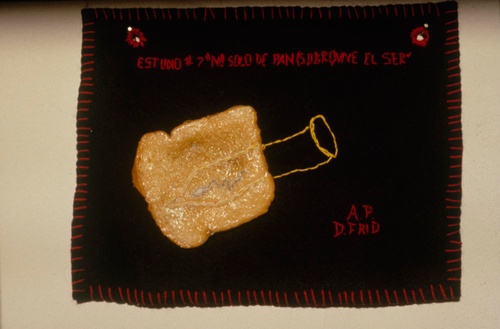
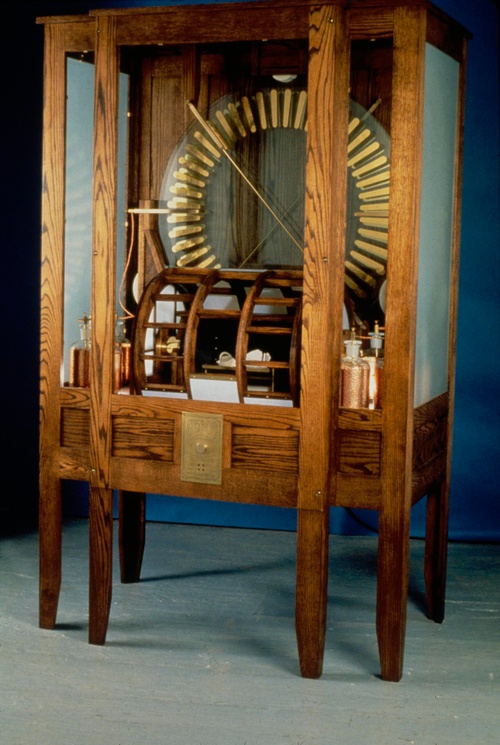
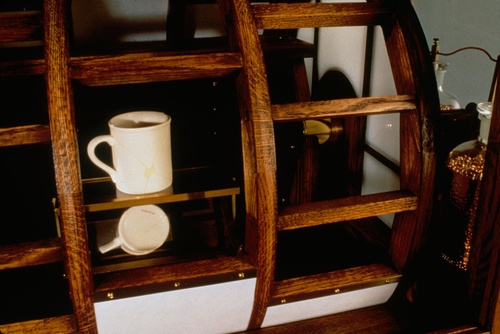

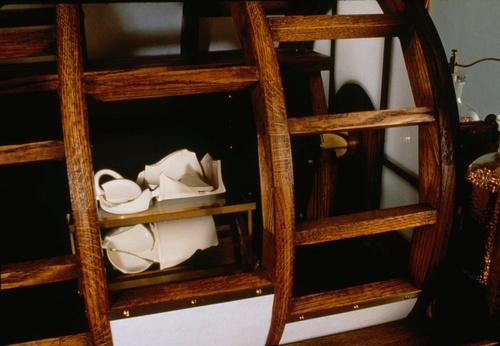
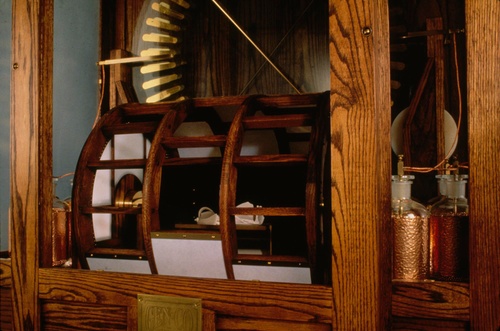
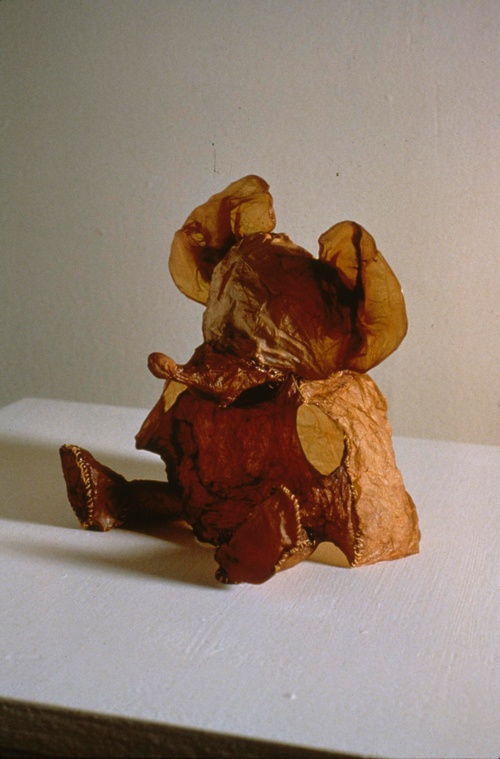
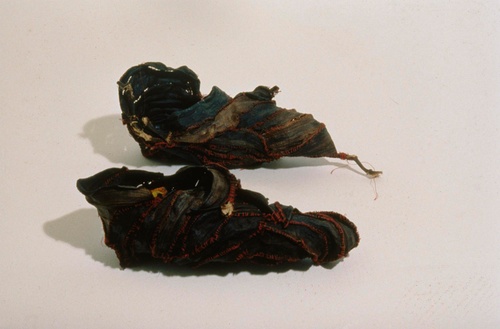
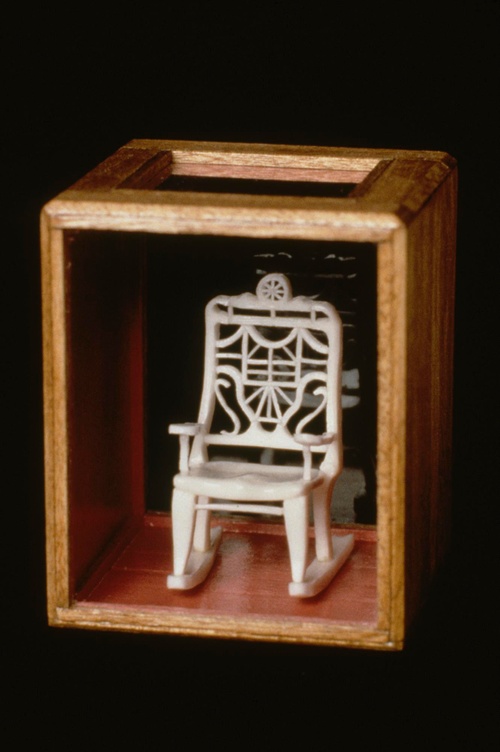

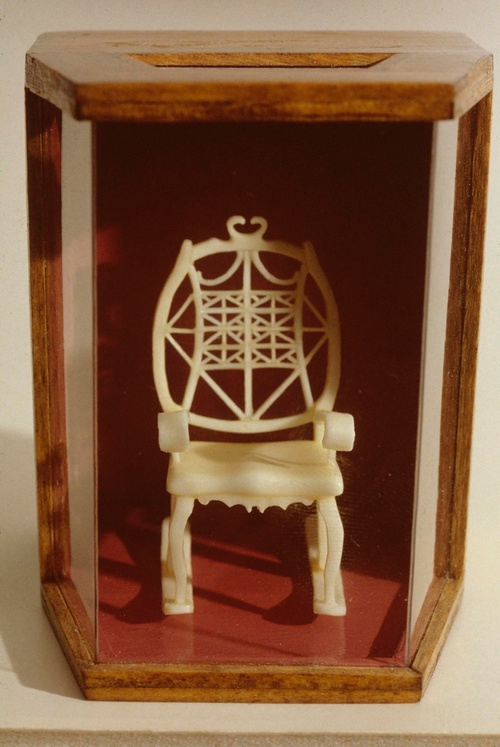
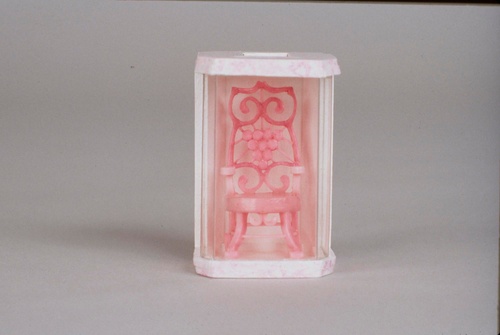
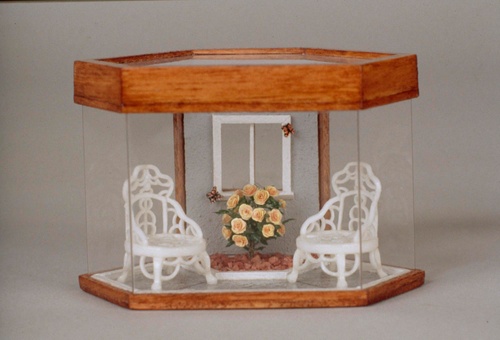
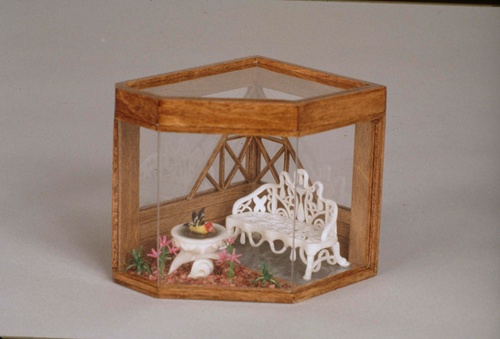
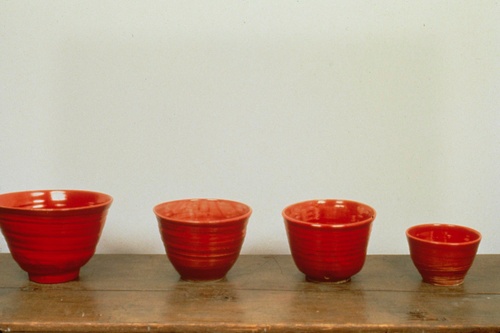
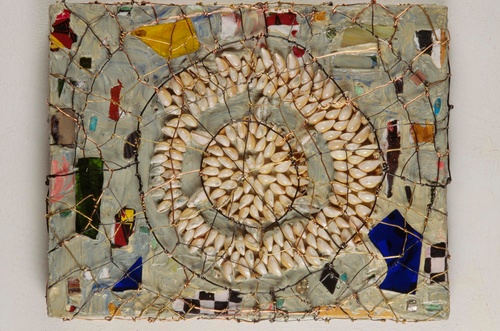
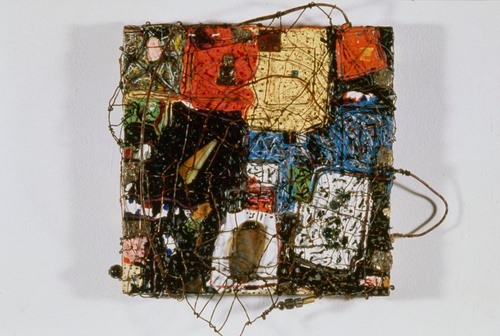
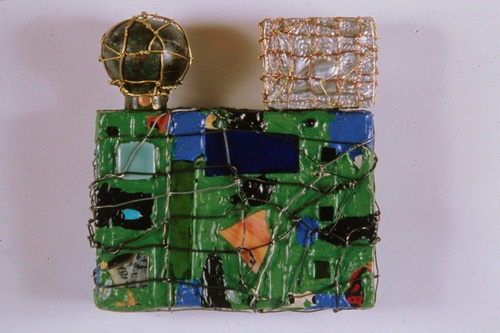
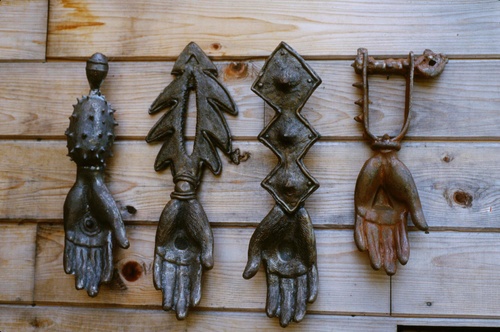
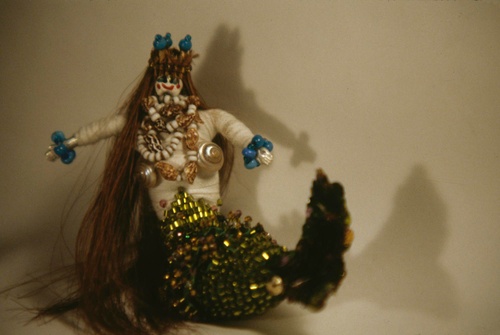

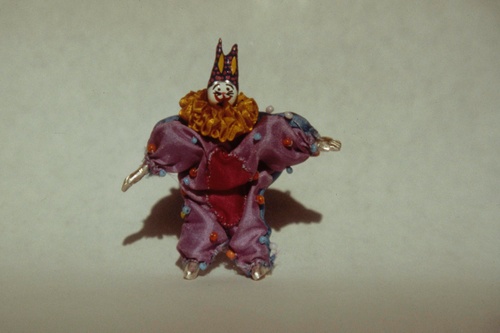
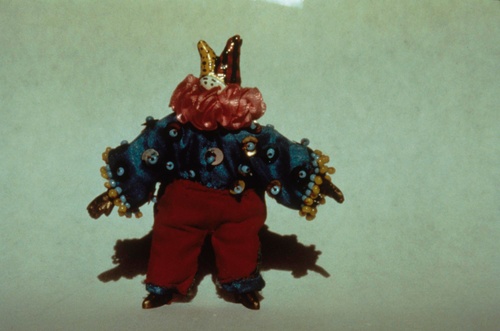
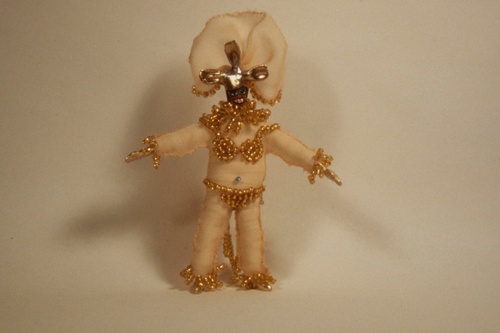
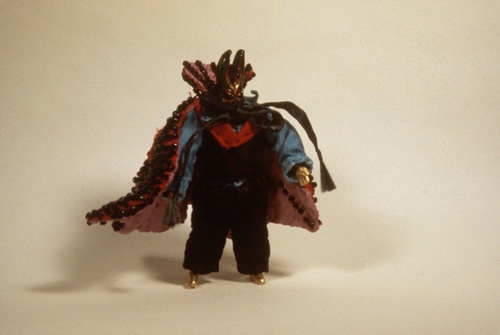
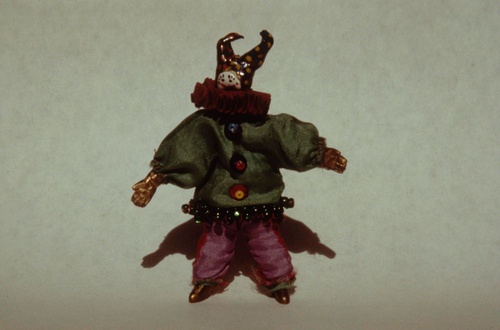
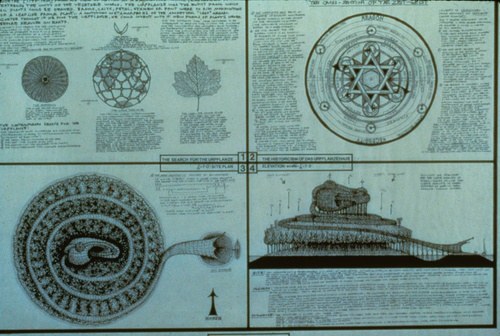
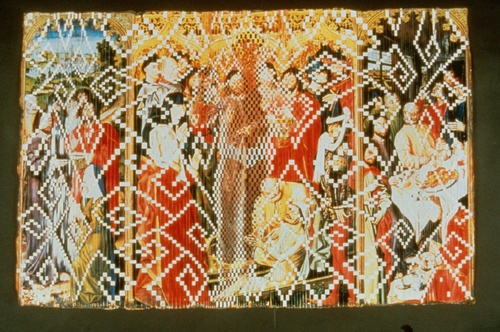
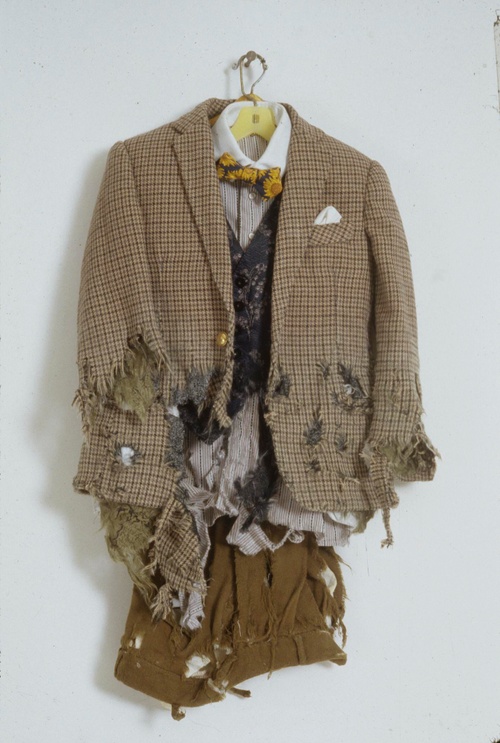

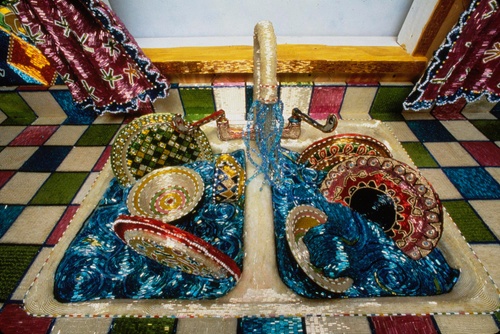
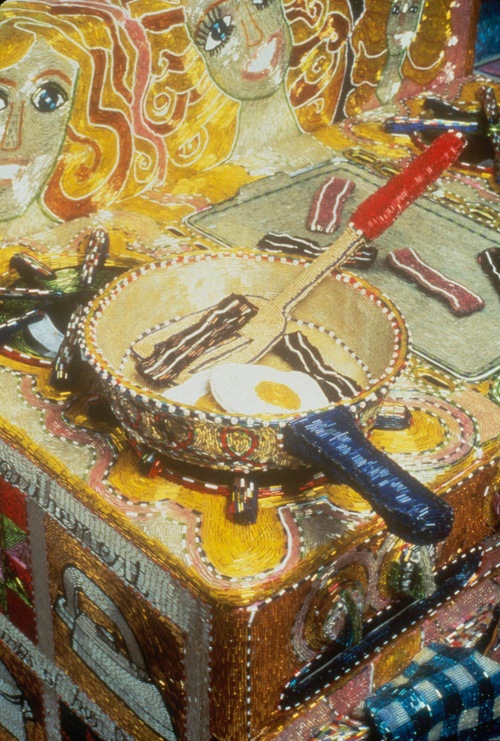
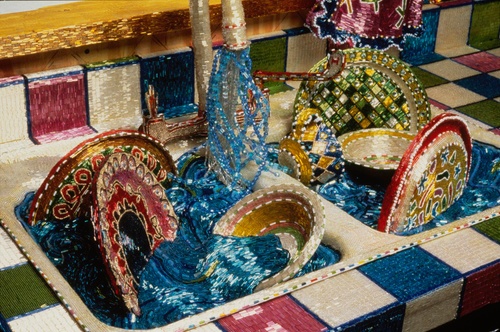
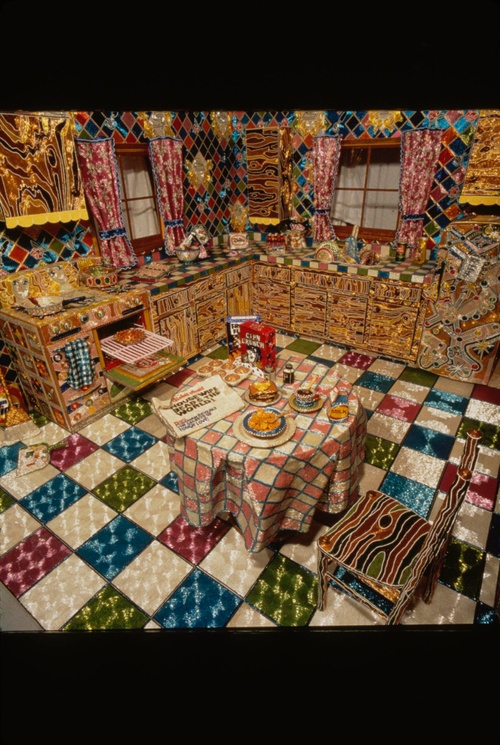
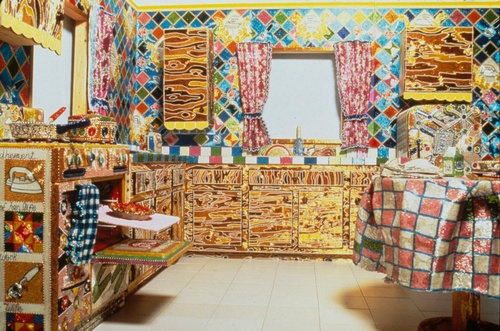

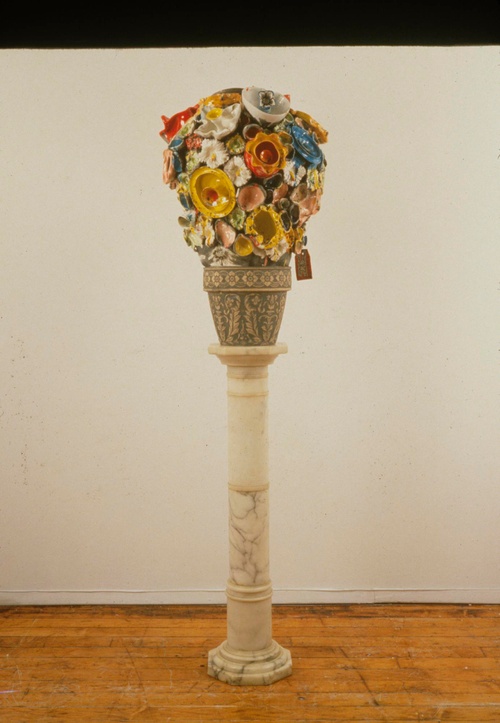
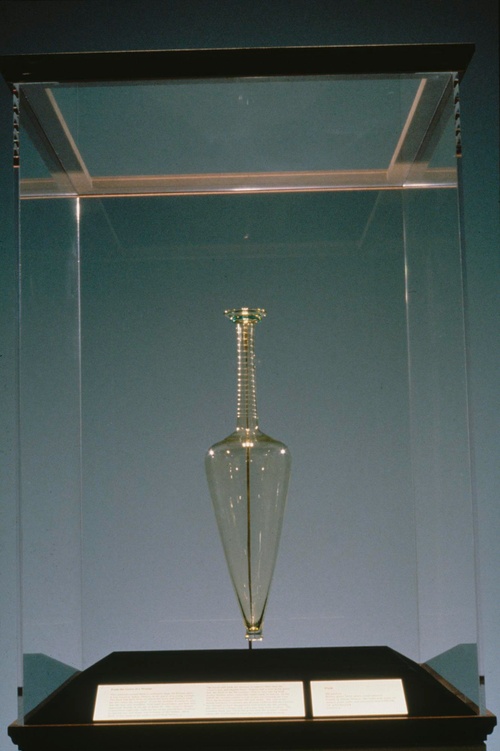
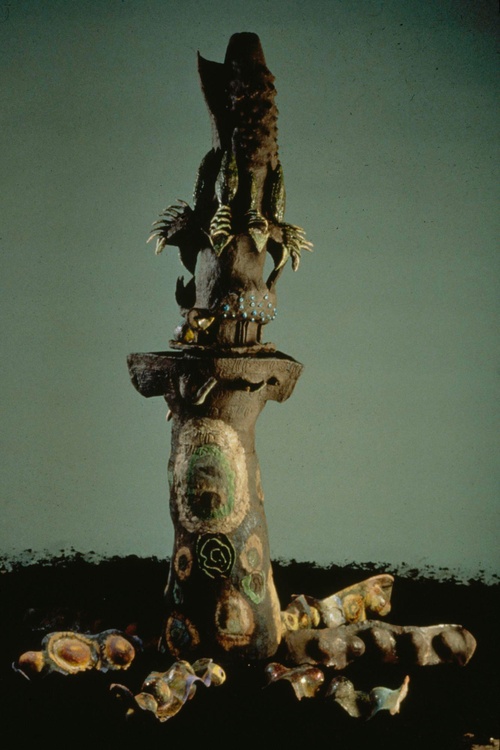
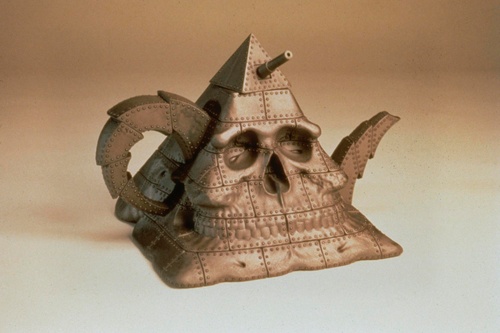
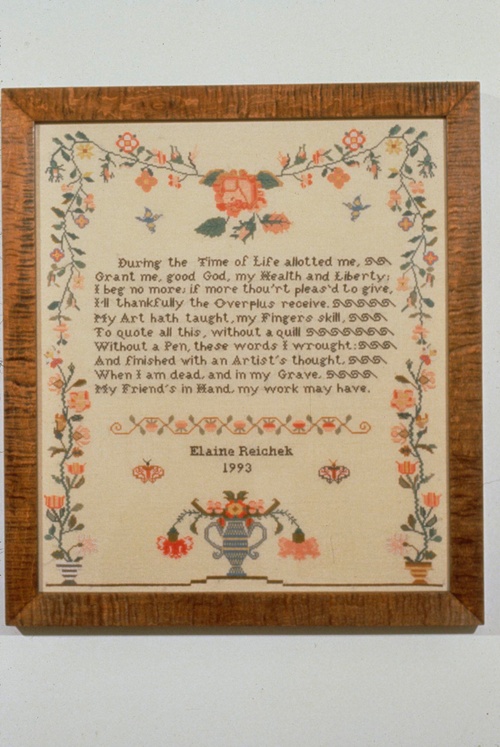
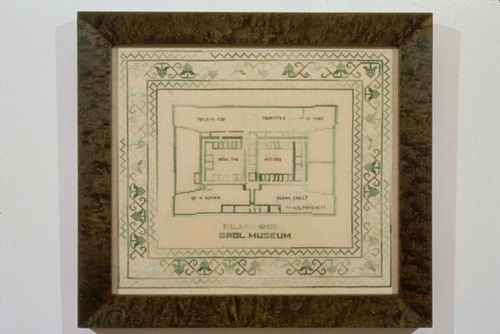
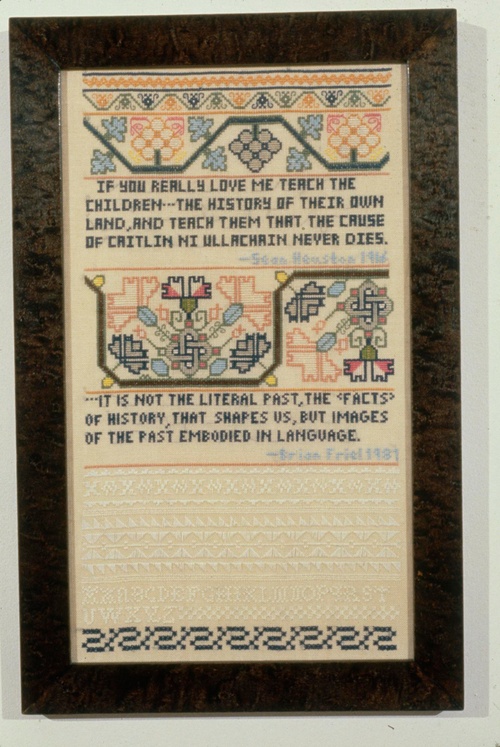
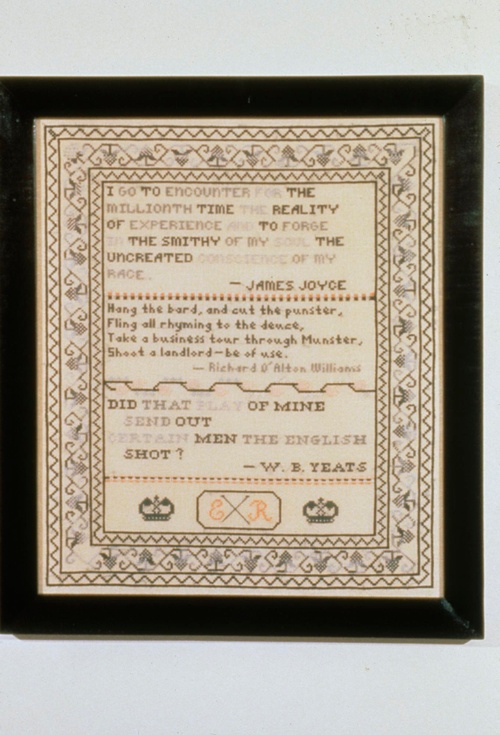
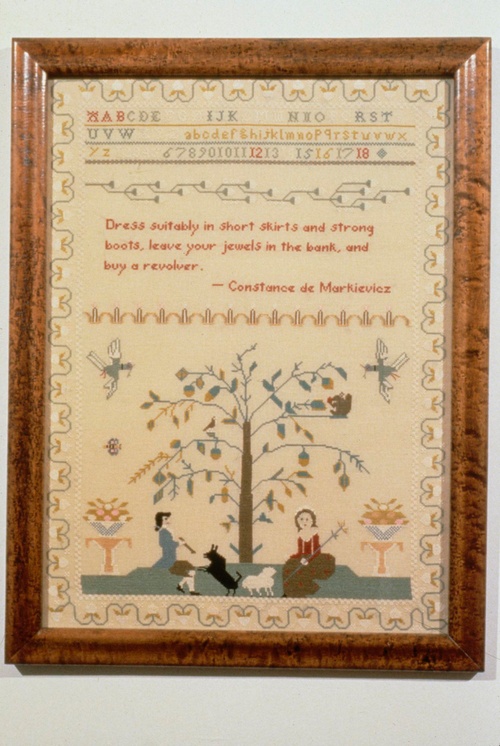
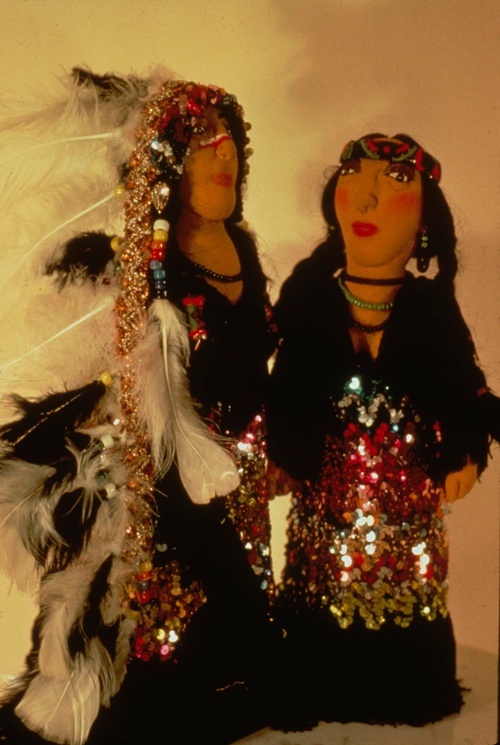
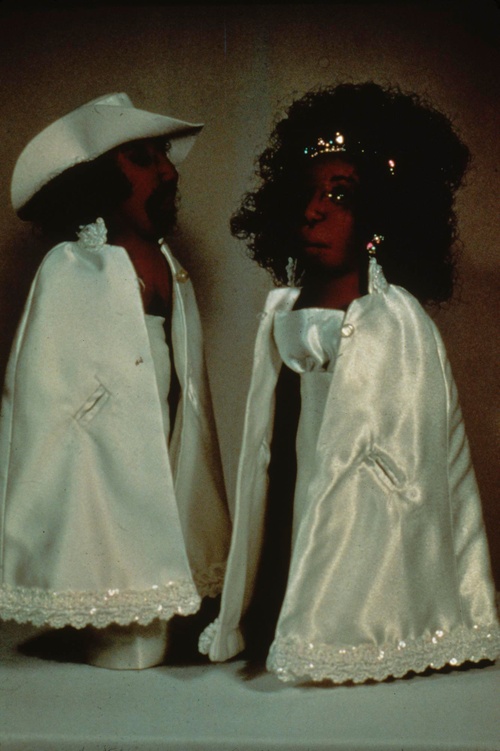

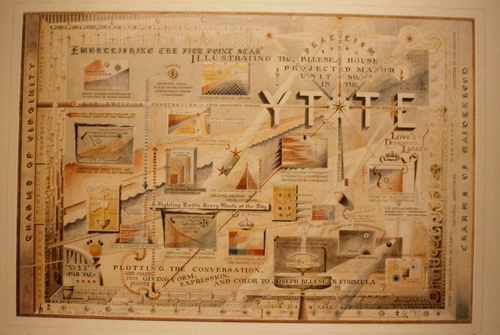

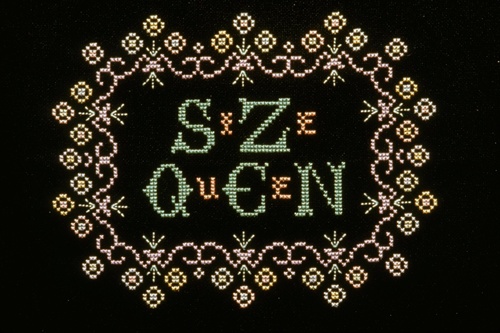
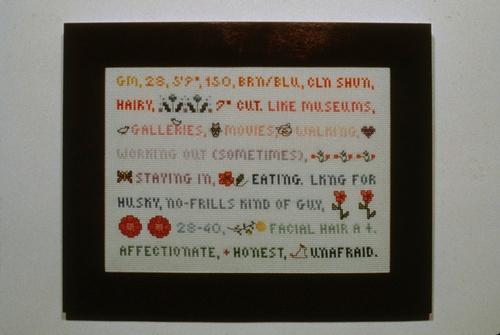
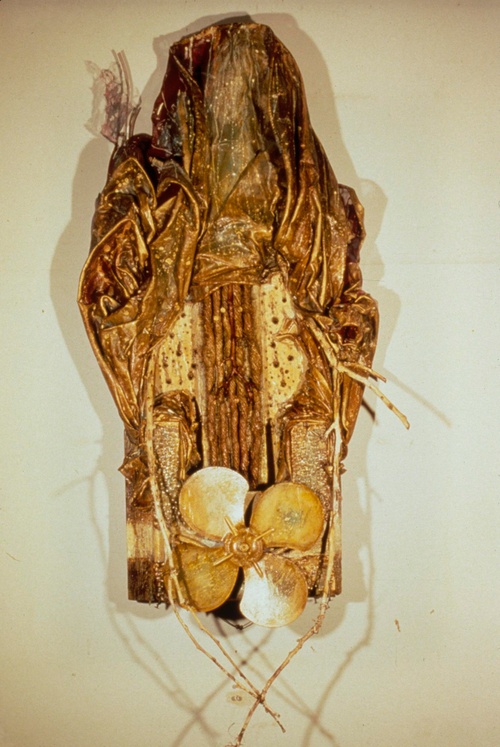
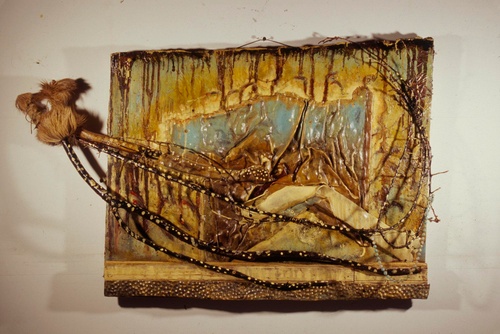
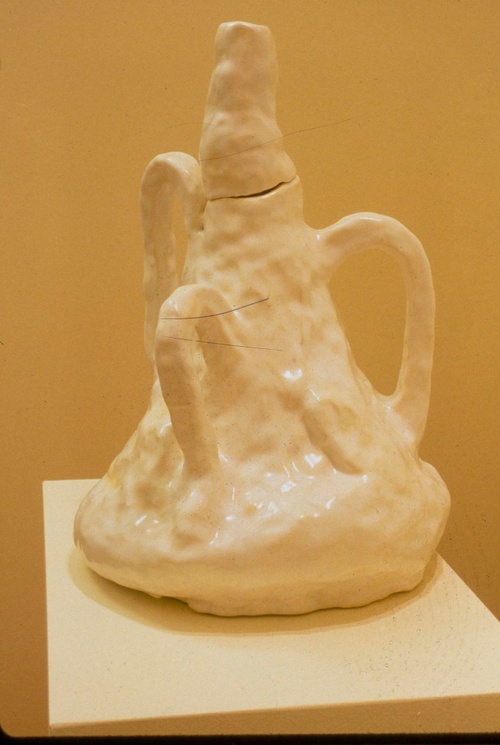
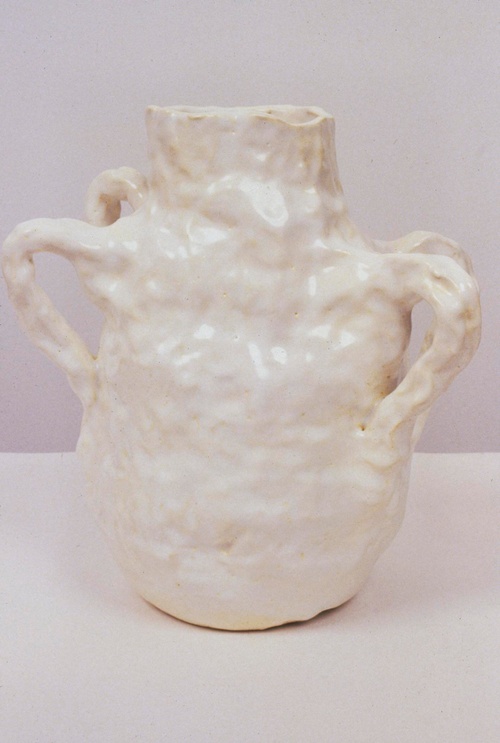
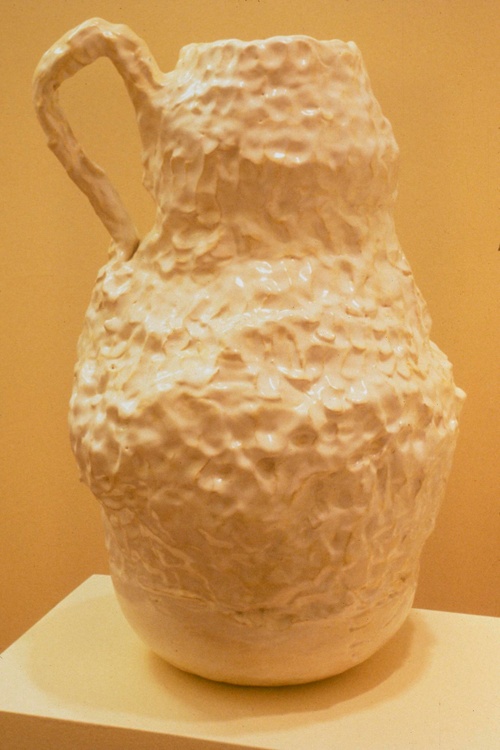
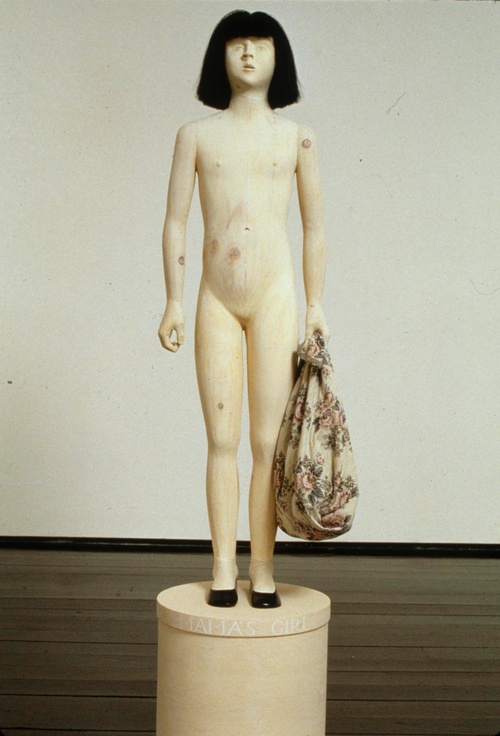

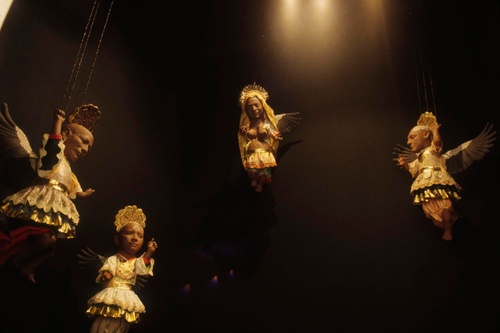
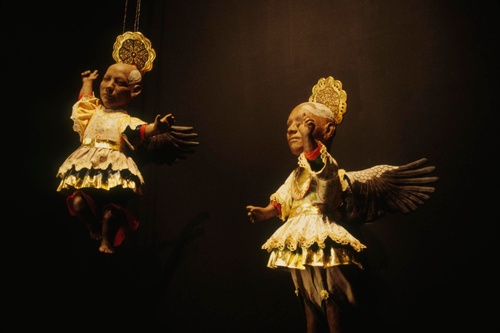
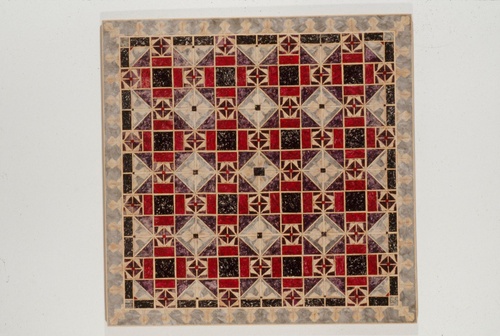


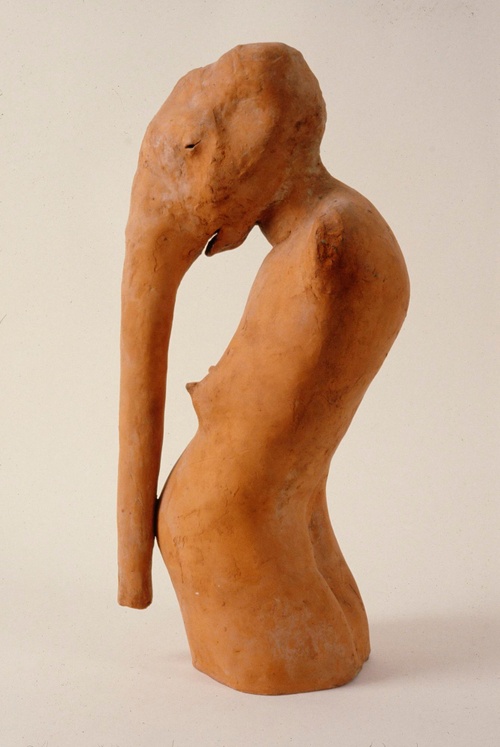
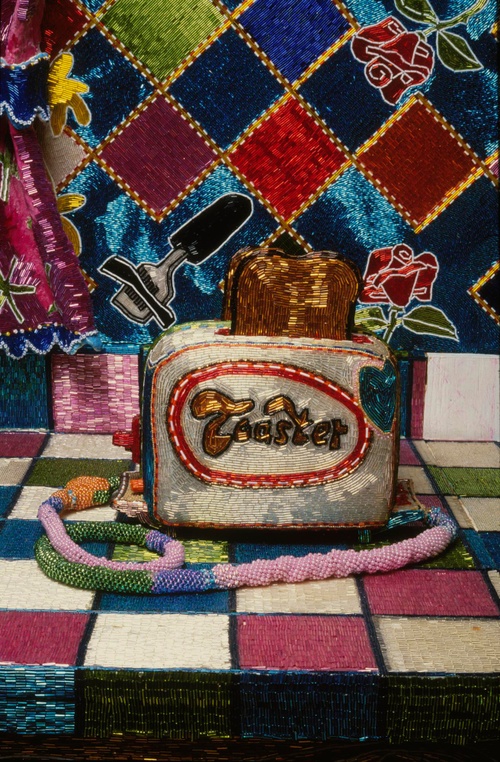































































































































































































































































































































































































































































































































































































A Labor of Love, organized by Marcia Tucker:
“One reason that crafts, decorative arts and folk art are seen as outside the high art tradition is because non-artists don’t have the same kind of respect for things that we could make ourselves (or think we could, given enough time, patience and money!). Still hanging in the closet is a hand-me-down of late eighteenth- and nineteenth-century Romanticism, the notion that artists must be better, smarter, on a higher plane and closer to The Truth than mere mortals. To complicate the problem, while folk processes are about what one musicologist calls ‘the ordinary and basic modes of human creativity,’ folklorists themselves have contradictory views of the meaning and importance of these modes. On the one hand, they insist that all denigrated forms should be paid attention to, thus practicing, at least theoretically, a kind of egalitarianism. On the other hand, folklorists as a group tend to see themselves as cultural arbiters and salvationists, picking from among these denigrated forms those they feel are most important. In the folk music world, for instance, an inherently democratic recognition of the accomplishments of ‘ordinary’ people is undercut by the folklorists’ insistence that only special geniuses—discovered by them—can express true creativity. This is a curious state of affairs, since it’s clear that if one admits that ‘great’ works of art can also be done by regular guys, what does it say about the geniuses? A Labor of Love was inspired by the fact that some of the most interesting work that I’ve seen recently has tackled these issues in fascinating ways. Although I’ve chosen to focus for the most part on work which is likely to be unfamiliar to The New Museum’s usual audience, as well as to folk and craft aficionados, the armature for the exhibition was built by many artists who are its forebearers, and while not included, have been crossing back and forth over this Great Divide for some time… Taken as a whole, the work in the exhibition builds on these foundations and raises larger questions about the role of art in society, a pressing concern in the light of the fact that what were once debates over government support of the arts have now become punitive measures to limit its production and dissemination. A Labor of Love is the most recent foray into what for me is a long-term investigation of the ways in which art and daily life—from the mundane to the profound—are inextricably interwoven. The separation and hierarchization of categories of art-making corresponds to those divisions found in all aspects of contemporary American life, affecting the way we think about everything from artistic ‘quality’ to the verdict in the O.J. Simpson case. The exhibition features work which melds process and product, sensuous appeal and critical content, tradition and innovation with a specific end in mind: in destabilizes artistic boundaries in order to reflect, comment on, and critique other kinds of boundaries in the lived world of social relations. Issues of quality are issues of power; at any given time, there are reasons that some expressive forms are supported while others are marginalized. For me, the most interesting and significant activities are usually found at the edges rather than at the center of artistic discourse. A Labor of Love is also an attempt to organize a group show—that much maligned form in today’s art world—which goes beyond putting disparate works of art together under a subject heading. There are many ways to organize an exhibition, but there’s no one ‘right‘ way to answer the questions, resolve the debates, please the various factions and include all the relevant work. The exhibition itself is an investigation and an inquiry, rather than an answer to a question…” 1
Group exhibitions
Artists
- Chelo Gonzalez Amezcua
- Imogene Jessie Goodshot Arquero
- Alan Belcher
- Robert Brady
- Darren Brown
- Bette Burgoyne
- Larry Calkins
- Rene David Chamizo
- Dale Chihuly
- Pier Consagra
- William Copley
- Jacob El Hanani
- Tom Emerson
- Dianna Frid
- Carmen Lomas Garza
- Chuck Genco
- Nöle Giulini
- Michael Harms
- Bessie Harvey
- Oliver Herring
- James Hill
- Indira Freitas Johnson
- Jane Kaufman
- Larry Krone
- Paul Laffoley
- Dinh Q. Lê
- Charles LeDray
- Liza Lou
- Michael Lucero
- Raymond Materson
- Josiah McElheny
- Sana Musasama
- Richard T. Notkin
- Manuel Pardo
- Elaine Reichek
- Faith Ringgold
- A.G. Rizzoli
- Diego Romero
- Richard Rule
- Alison Saar
- Kevin B. Sampson
- Beverly Semmes
- Judith Shea
- Kazumi Tanaka
- Kukuli Velarde
- Margaret Wharton
- Robin Winters
- Willie Wayne Young
- Daisy Youngblood
- Mary Heilmann

